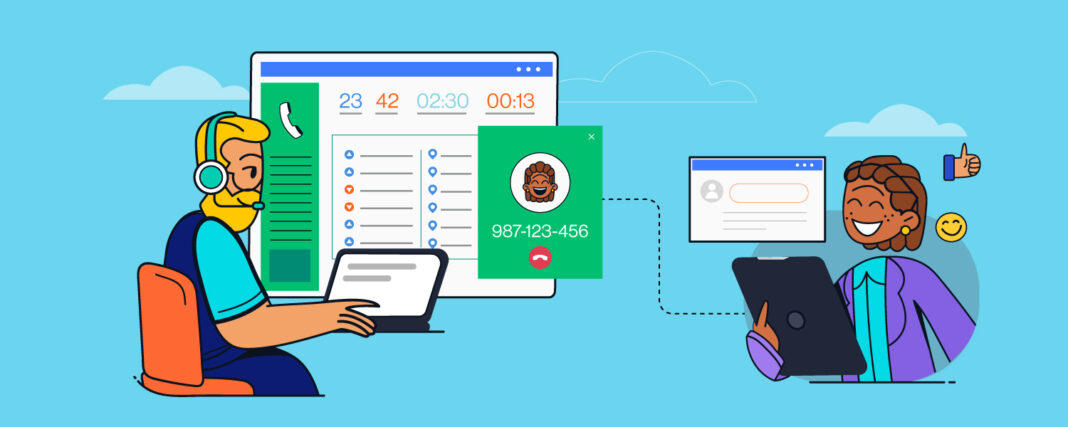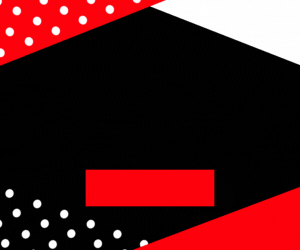But getting the best call center tools could make a big difference. That will help you narrow lower the very best answering services company tools which are crucial for your online business or mid-market business, we’ve collected a summary of top call center tools you have to cut lower on manual processes. Gather insights and obvious the way in which for human reference to your clients using our exhaustive call center tools list.
What equipment and tools must you generate for an answering services company?
Call centers need multiple tools to operate effectively and keep an above-component customer experience. A few of the generally used answering services company software programs are:
- Computers
- PBX Switch
- Interactive Voice Response (IVRs)
- CRM Systems
- Call conferencing
- Call Barging
- Metrics and Analytics
- Real-Time Reporting
- Call Recording & Call Monitoring
- Predictive Dialers
1. Hardware for call centers
Regardless of the advanced calling technology utilized in your answering services company, every agent ought to be outfitted with a variety of hardware tools to handle operations, data storage, and customer relations – regardless of cloud storage abilities.
a) Computer
Let’s begin with the basics- you’ll require a computer to gain access to your call center software or cloud contact center (in addition to such things as your CRM (CRM) system as well as your email).
Fortunately, this doesn’t need to be a high-of-the-range desktop or laptop. Just make certain it’s reliable and reasonably fast, and it has anti-virus protection that may keep the data safe.
b) Headsets
You will possibly not always need one of these simple in case your call center software is a good example – your smartphone, as well as your laptop, can frequently provide obvious enough seem.
If you buy a headset, keep in mind that your agents are going to be speaking to customers for long periods every day, so they should be comfortable as well as top quality. Ideally, search for noise-canceling headsets to make sure your agents and customers aren’t depressed by background noise out of your answering services company.
2. PBX Switch
PBX means Private Branch Exchange – essentially, your business’ private telephone system. Your PBX accounts for assisting you to make both internal and exterior telephone calls.
A PBX also handles call routing, voicemails, hold music, and interactive voice menus (IVR).
You can choose between three types of PBX:
- On-premise PBX: It’s the most traditional type of PBX. This really is suited to your project’s desk and can’t be moved around – thus, taking calls on the run isn’t achievable. They’re pretty reliable and supply good seem quality, but installing and looking after on-premise PBX is really a tiresome process.
- IP PBX: Connects calls via the internet and your company’s private network. IP PBX doesn’t need much physical hardware, and just a phone on your desk would suffice.
- Hosted PBX: No physical hardware is needed since things are located virtually through the cloud. This permits the agents to operate as long as there is a laptop with higher internet connectivity. Another party provider maintains all of the data and processes, and also you won’t result in upkeep and maintenance.
While the software built for call centers is abundant, only a few are essential for delivering outstanding customer service.
3. Interactive Voice Response (IVR)
‘Press ‘one’ to make a payment, press ‘two’ to speak to our customer service team….’
An interactive voice response product is an idea every consumer knows. It’s a robotic voice that presents callers with prerecorded voice menus or instructions and asks them to select from a summary of options by pressing a vital on their own dial pad or speaking to their phone.
When customers choose a choice, IVR routes the incoming call to some submenu or perhaps a customer care agent, with respect to the option they choose. When you get it right, IVR is a superb method of segmenting customers early by asking to define such things as their preferred language or even the nature of the query. By doing this, you are able to direct customers, to the right agent, faster. You may also accelerate issue resolution by getting a few of the primary customer information taken care of before agents even get the telephone.
4. Customer Relationship Management (CRM) system
When customers call your contact center, they aspire to resolve their issues without having to be subjected to a cumbersome process. However, your customer support agents need context if they’re likely to provide customers using the best service possible across various communication channels. This is when answering services company or cloud contact center CRM systems are crucial.
A call center CRM is a software accustomed to storing and managing customer data. Answering services company agents may use a CRM system to right away see all of the relevant details about a specific caller, like order history, last reason for contact, and placement. Customer support teams can put every customer conversation in context with this particular information at their fingertips. Suppose customers have specified they choose to receive communications via real-time messaging on Whatsapp. For that reason that situation, you are able to offer to follow up on their own query by having a text rather than a call. In case your CRM integrates well together with your answering services company tools and software, technology-not only to boost your omnichannel communications seamlessly.
5. Call conferencing
Conference calls aren’t only for internal conferences – though great call conferencing software makes it much simpler for teams to collaborate virtually.
First of all, nobody loves to remain on hold while they’re transferred from one customer support agent to a different one. With call conferencing, you are able to invite other team people to participate in a current call rather than transferring customers backward and forwards. If the agent doesn’t know the solution to an issue and wishes to generate a specialist, they are able to get it done easily without making customers feel they’ve been palmed off or left to hold back around.
Next, call conferencing causes it to be much simpler to coach customer support agents. Rather than hearing tracks or studying transcripts, agents can listen live or their colleagues handle tricky or unusual calls. This real-time observation lets agents feel the situation first-hand.











